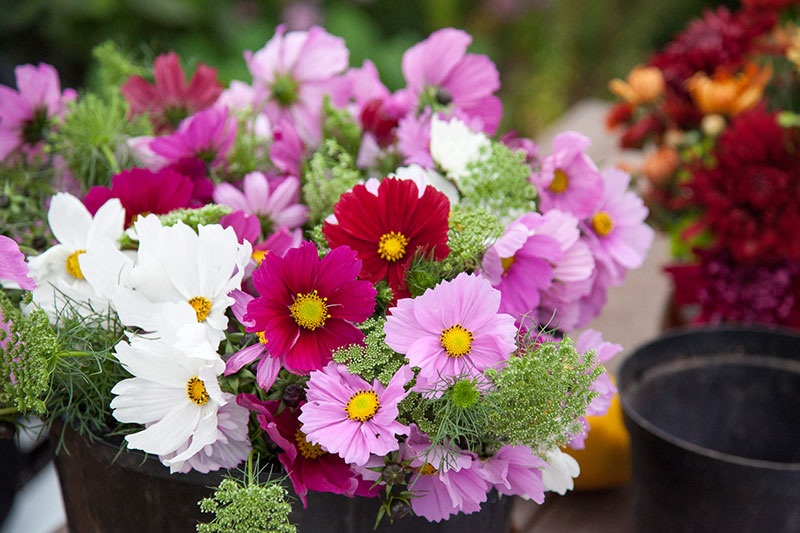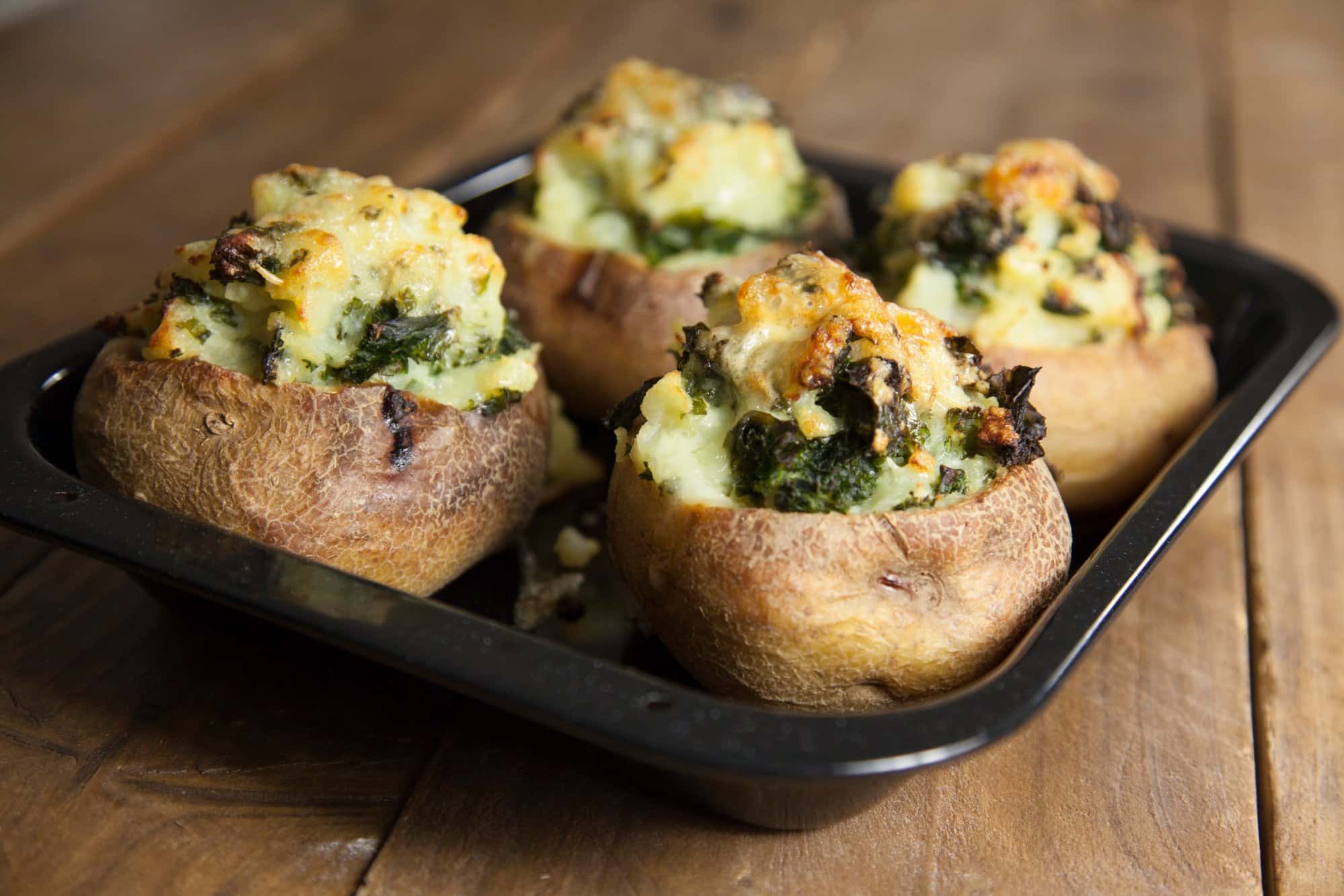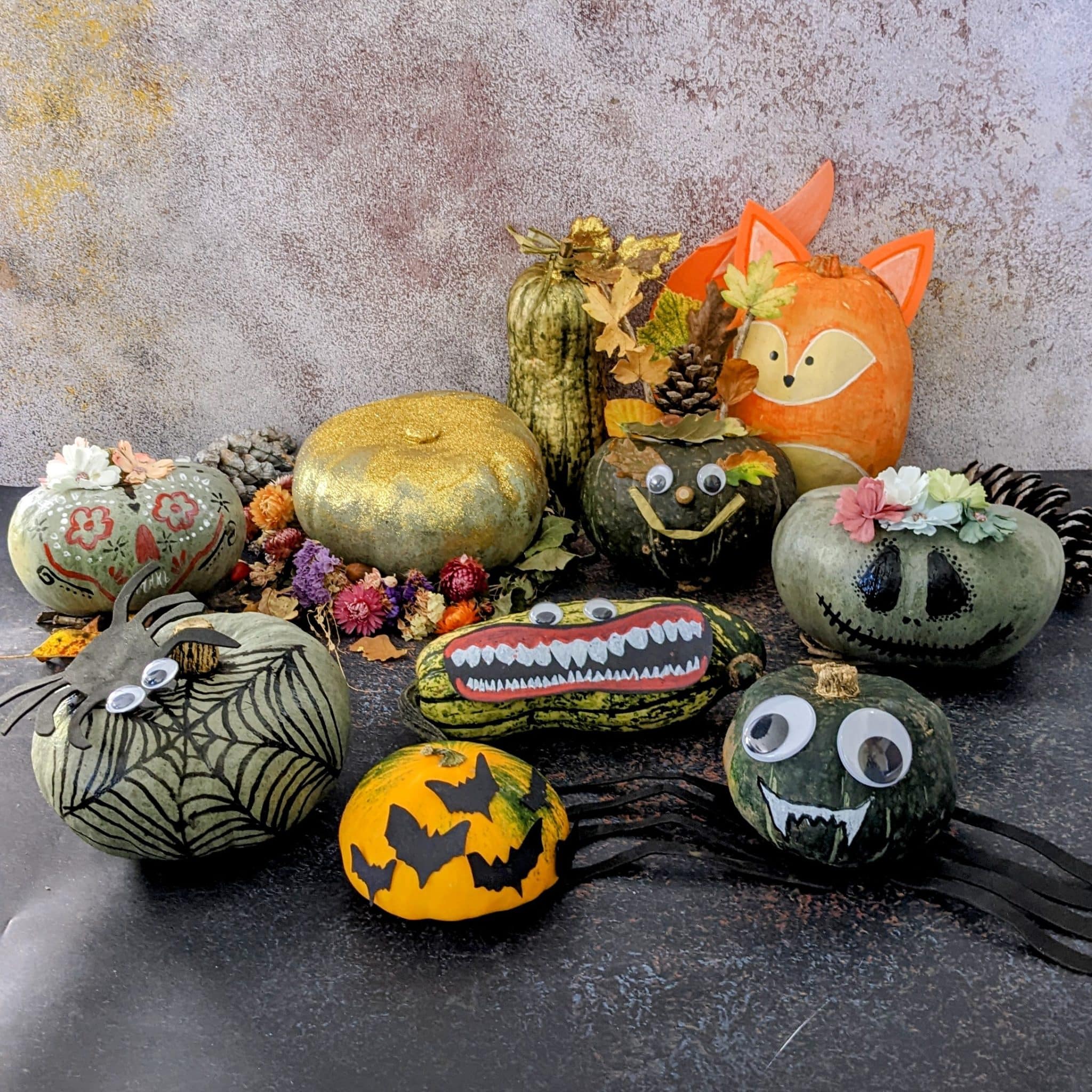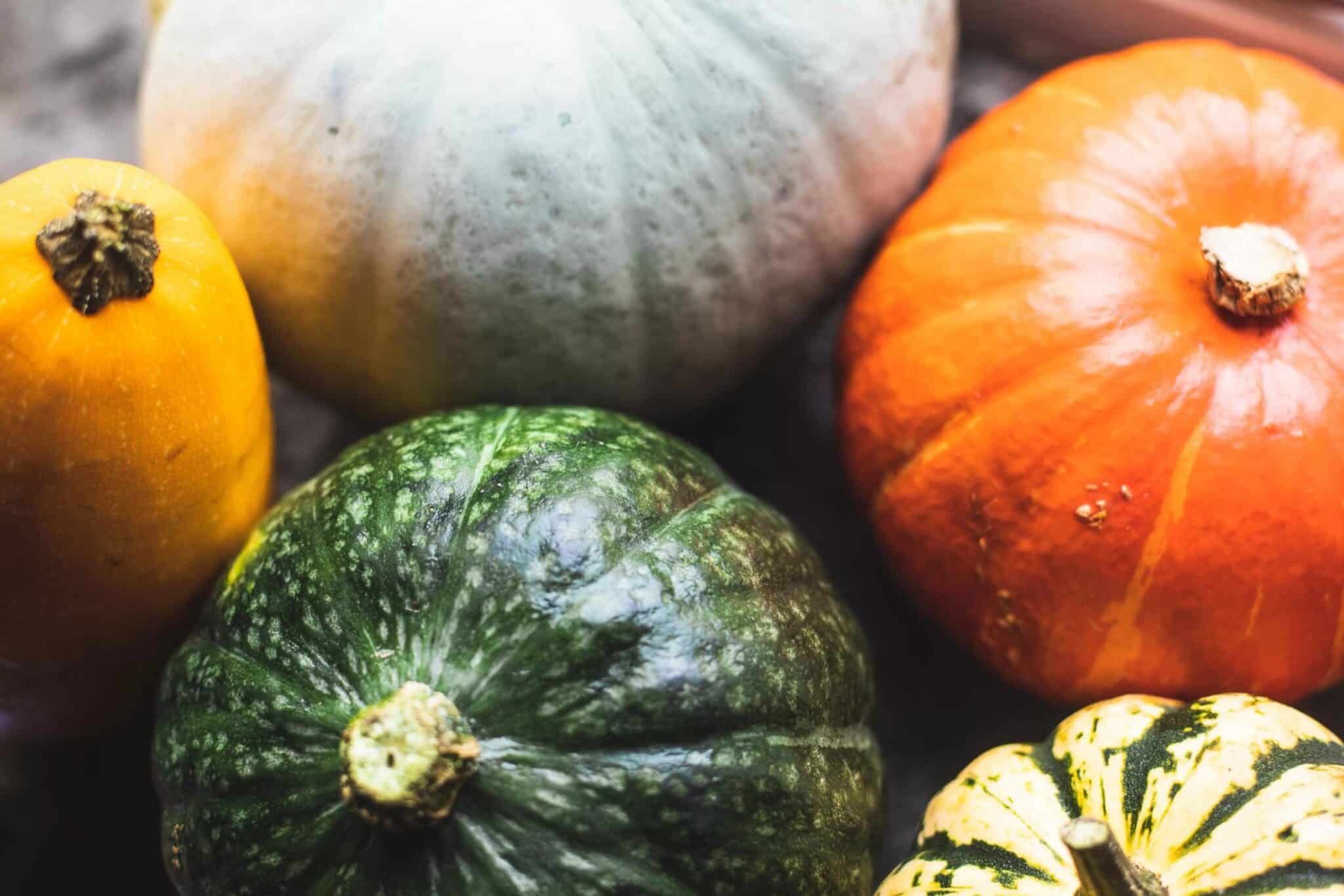
Growing some of your own veg, herbs or flowers is a very rewarding and satisfying thing to try. It gets you outside, connects you with nature, and gets you on the move so is good physical exercise.
What you decide to grow depends on what space and time you have. Growing and nurturing plants takes time, a little commitment, and some planning ahead. I’ve put together some simple tips to give novices a good start. You’ll have the growing bug before you know it – positively running out, aproned up, plucking fresh herbs, cutting salads and a few edible flowers to place in your trug, pretending to be what’s-her-name from The Good Life!
What you need
Sun
To grow successfully you need sunlight, and ideally a bit of shelter from the wind. Not much will grow in dark areas, but leafy crops like spinach and chard will tolerate some shade.
Soil and prep
If you have a garden, you can create beds to grow your produce in. This will need digging over to create a crumbly tilth, unless you’ve mulched the area with black plastic, old carpet or homemade compost (4” layer) over winter. If so, you simply peel back the mulch, remove any slugs or snails, add some organic farmyard manure or organic chicken pellets, and lightly fork over.
If you don’t have a garden, you may have a patio, balcony, or window box. You can grow lots of herbs, veg and flowers in pots, growbags, buckets, and so on. People are incredibly inventive; I’ve seen salad leaves, herbs, edible flowers, and strawberries growing out of old defunct suitcases, drawers, gutters… Basically, you need a container which will hold some decent quality multi-purpose compost, with some drainage holes pierced in the bottom to allow water to pass through.

Seeds or seedlings
You can germinate your seeds in seed trays using seed compost. Place them somewhere warm, ideally a greenhouse or poly-tunnel but also possibly on a warm, light windowsill in your house.
I buy a lot of my seeds from a fairly local seed company called Tamar Organics that do a large selection of veg, herb and flower seeds. Most seed packets come with good instructions on what depth to sow the seeds, when to sow etc. and when you are likely to start harvesting the produce. There is also often more detailed growing advice on the seed company’s websites.
You can also buy lots of seedlings, ready to plant straight out, from garden centres, farm shops and nurseries, and via mail order. I have bought lots of seedlings from Delfland Nurseries, to grow organic plants for gardens and allotments. They give you a head start, and if you’re a beginner are a good way to start.
What to grow
If you’re a complete novice, start small. Don’t be too ambitious, as it may all get out of control and put you off forever more. Grow a few herbs to flavour your meals, some salads and edible flowers, and a few flowers to cut and bring inside. Having flowers in your garden looks great but also attracts insects like lacewings and hoverflies, which are natural predators for aphids, and of course bees which are great for pollination.
Here are a few easy things to try:
 Veg
Veg
– Radishes are so easy. Sow them now and you’ll be harvesting them in 5-6 weeks. Follow the instructions on the packet.
– Lettuce. Germinate in small batches, as they will mature at the same time and you don’t want to end up with hundreds of lettuces all at once.
– Spinach and chards. Sow direct and then thin them out to the spacing recommended on the packet. These are cut and come again.
– Beetroots. Sow direct or multi-sow in cells (pictured), three or four per cell, and plant out when the roots have filled the cell. Try Chioggia beetroot, a beautiful candy-striped variety.

 Flowers
Flowers
– Borage, calendula, viola tricolour, nasturtium and cornflower are all edible flowers (nice in a vase too) and easy to grow. Sow the cornflower fairly generously, directly into a drill (a long furrow in the soil). Once up, stake with bamboo and string. The others are best sowed in cells, one seed per cell.
– Dahlias are great as they flower later in the season, August to October. You can buy them as tubers. Sarah Ravenhas a fantastic range of these showy blooms.
– Cosmos flower later too, and right onto first frosts in the autumn. Bring on as a seedling – they’re very easy to grow.
– Gladioli are a favourite of mine. They’re widely available, and come as a corm.
– Nigella, otherwise known as ‘love in a mist’! Very Mills and Boon, don’t you think? Sow the same as cornflowers, but they won’t need staking.
Herbs
– Buy rosemary, sage, oregano, chives, and thyme as plants.
– Sow coriander, dill and rocket direct and in succession every three weeks to have a constant supply. Leave some to go to seed; fresh coriander seed is delicious, and dill in flower is stunning mixed with your other blooms.
















0 Comments